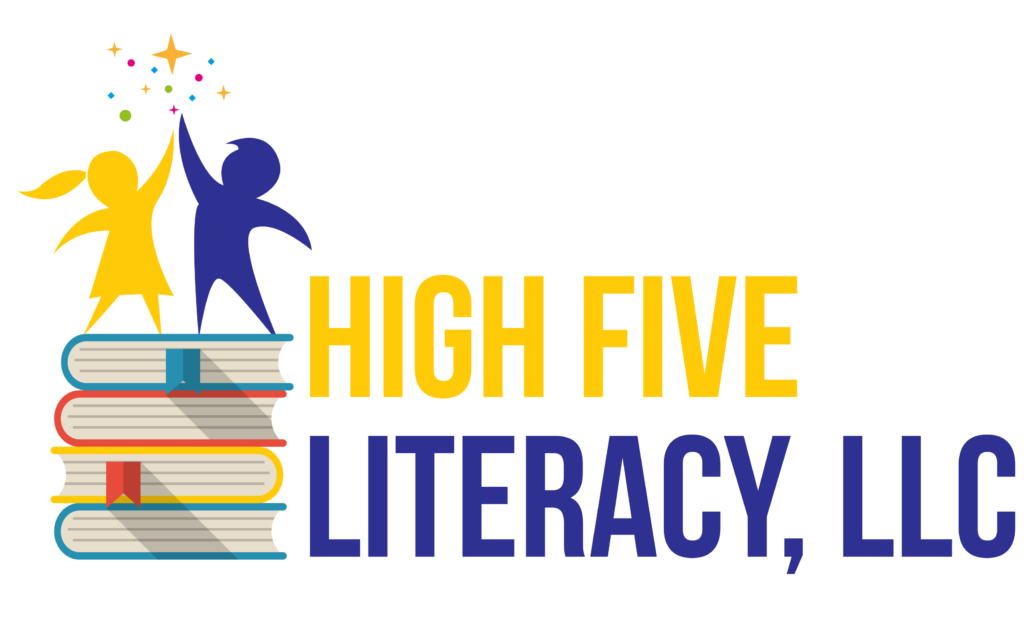 According to the International Dyslexia Association (IDA), dyslexia is defined as “a specific learning disability that is neurobiological in origin. It is characterized by difficulties with accurate and/or fluent word recognition and by poor spelling and decoding abilities.” The key word is “neurobiological,” an illness of the nervous system caused by genetic or biological factors.
According to the International Dyslexia Association (IDA), dyslexia is defined as “a specific learning disability that is neurobiological in origin. It is characterized by difficulties with accurate and/or fluent word recognition and by poor spelling and decoding abilities.” The key word is “neurobiological,” an illness of the nervous system caused by genetic or biological factors.
In a classroom, teachers might witness the following: children with average to above average intelligence struggling to read, write, and spell, frustrated by schoolwork, and choosing not to read independently, all of which inhibit vocabulary growth and overall reading comprehension. But is every child struggling to read, write, and spell dyslexic? Can we honestly say that so many children have learning disabilities? Isn’t it possible that children are just not being taught with a system that allows for smooth learning of the alphabetic principle? Could it be that the balanced literacy programs used in schools are not as balanced as we would hope? Could it actually be what many of us refer to as “dysteachia,” poor or inadequate teaching which results in poor reading, writing, and spelling that can look like a learning disability?
If we look at how reading is taught in kindergarten and first grade, it can look very different across the country. Many children are taught with what is commonly called a Balanced Literacy approach. This “balance” supposedly includes phonological awareness, phonics, fluency, vocabulary, and comprehension, the components of literacy. Within this framework, children are matched to leveled books that range in difficulty, and children are guided in small groups to use “word-solving” strategies. Phonics can either be taught implicitly through the text or a separate phonics program may be used in addition to the leveled readers. Other schools may use a basal reader with sequential lessons that build cumulatively to address all five components.
So, what can go wrong? If anyone has seen the beginner books in a leveled literacy approach, one will see that the pictures and repetitive use of “sight” words or memorized words will basically give away the story. There really is very little need for phonics to be used. So even if phonics is being taught, and I say that loosely since there are many ways to teach phonics, children will not be using this skill to read and will not get practice in understanding the sound-symbol connection. The phonics program of choice becomes an isolated exercise when combined with guided reading and the strategies that are espoused in a leveled literacy approach. The creators of such phonics programs will say that their programs can be used with any reading program because they want to sell them, and they know that schools are not going to get rid of their existing programs. Tons of money has been spent on supplemental phonics programs, only to be relegated to a secondary role as part of a balanced approach. I have been in many classrooms as a regional literacy coach, working with teachers, building coaches, and administrators, and there is a misunderstanding that permeates schools. Most educators are professional, well-meaning, and dedicated; however, there is a hodge-podge of contradictions in an effort to be balanced.
Unfortunately, the training that children receive at the beginning of their schooling is how their brains will learn to read. Since reading is not natural like learning to talk, children who do not pick up how to read when exposed to print will struggle. These are the children who do not intuitively understand the rules of spelling; they continue to use inventive spelling beyond first grade and cannot even correct themselves because they do not know how to judge what looks right. Without handwriting instruction, these are the children who figure out what letters “kinda” look like, and draw the letters from the bottom up, or worse, have different starting points until it looks correct. These are the children who write poorly and only use simplistic words that are in their sight vocabulary. Are all these children dyslexic? If children are not being taught properly, they can appear dyslexic. Is dyslexia real? Of course it is! But many children fall through the cracks that would otherwise not have had these difficulties if taught with a complete phonetic system and learned reading, spelling, and writing with direct, explicit instruction.
Faith Borkowsky, Owner and Lead Educational Consultant of High Five Literacy and Academic Coaching, is a Certified Wilson Dyslexia Practitioner, is Orton-Gillingham trained, and has extensive training and experience in a number of other research-based, peer-reviewed programs that have produced positive gains for students with dyslexia, auditory processing disorder, ADD/ADHD, and a host of learning difficulties.
High Five Literacy and Academic Coaching is located in Plainview, Long Island. Read about what we can offer you and your child: http://highfiveliteracy.com.
*If you found this post informative or interesting, please follow my blog by entering your email in the space provided, or LIKE us on FaceBook @highfiveliteracy

3 Comments. Leave new
[…] for meaning, and not reading from left to right and all through the word. In an earlier blog, “Dyslexia or Dys“teach”ia,” I had written about how word-reading errors can mirror the errors made by children with true […]
This article does a fantastic job of speculating on the problems that seem to exist systematically; however, it falls tremendously short of offering ways that passionate educators can address these issues. Please provide your ideas unless you’re doing something similar to what the companies selling the programs do as you suggest.
Passionate educators can learn about evidence-based reading instruction and encourage their schools to follow the science of reading.